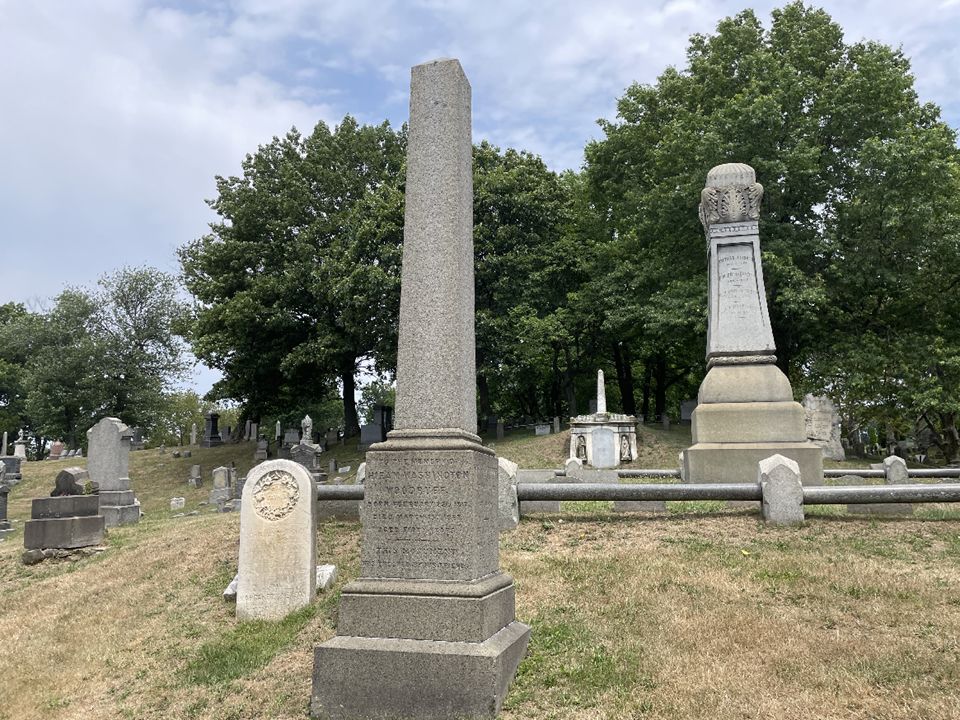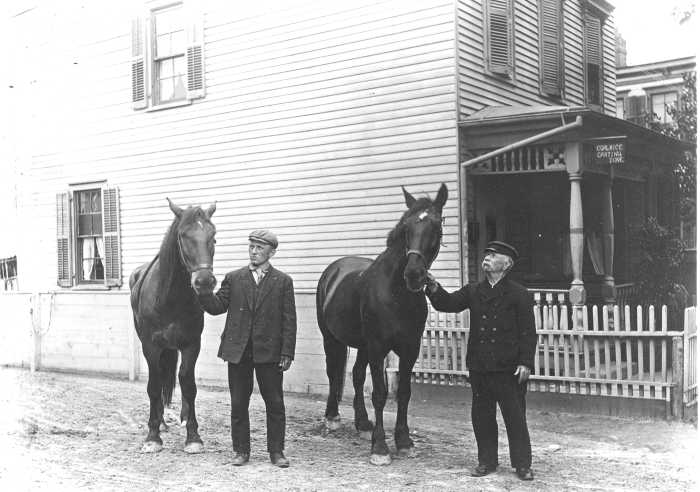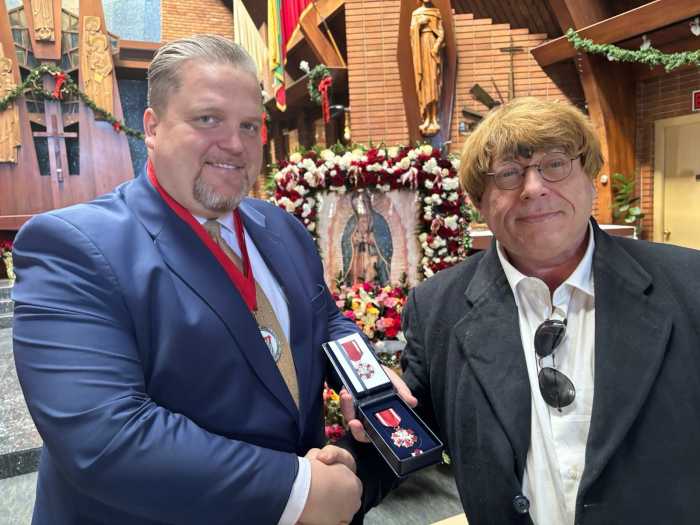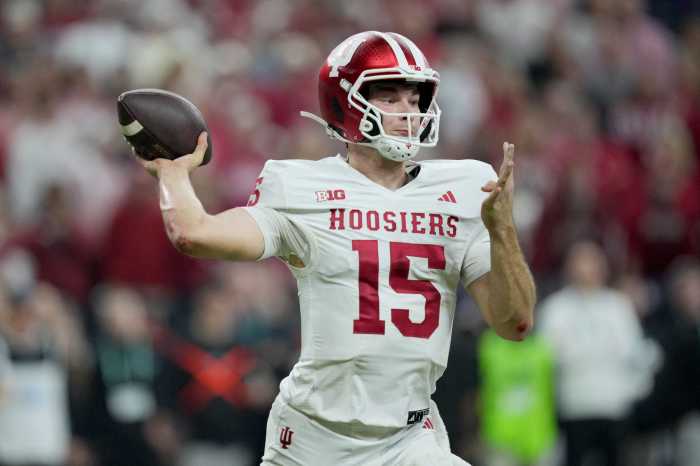On May 27, 1823, more than 60,000 spectators gathered at the Union Course Racetrack (in what is now Woodhaven, Queens) to witness the spectacular match race between Sir Henry (representing the South) and American Eclipse (running for the North).
It is one of the most famous match races in history and among those who witnessed the race included then-Vice President Daniel Tompkins, Florida Governor (and future president) Andrew Jackson and Aaron Burr (famous for killing Alexander Hamilton in a duel years earlier).
Also in the crowd that day was a 6-year old boy named Hiram Woodruff, who made the trek from New Jersey with his father John, a breeder and trainer of racehorses. Hiram would follow his footsteps and become a horseman himself, eventually buying a plot of land on the north side of Jamaica Avenue, just east of the Brooklyn border, across from the Union Course track. His land and stables would be immortalized in a Currier and Ives painting entitled “Coming from the Trot.”
On his land, Hiram Woodruff had stables and a small track for training horses; he also had a hotel (with a ballroom) and a roadhouse where the greatest professional horsemen of the day would gather.

Woodruff had a reputation of being strictly honorable and incorruptibly honest. It was said that he held the esteem and respect of everyone he dealt with and always retained a cheerful, warm-hearted disposition. He also had a sterling reputation as a driver and a trainer and developed many champions in his time. Though Woodruff had many successes in his life, there was one horse whose exploits topped them all, and that was the great trotting horse called Dexter.
By the 1850s, trotting had become a popular form of racing and had become the standard form of entertainment at the Union Course track. In those days, the record for running a mile for a trotter was 2 minutes and 40 seconds; horses trained by Hiram Woodruff would consistently bring that number down, setting new world record after world record.
It was when he was asked to train a wild young horse named Dexter in the mid-1860s that the record would be shattered. Under his guidance, Dexter would run the mile at 2 minutes and 18 seconds, a time that was once thought to be impossible.
Woodruff died suddenly at the age of 50 at the pinnacle of his career. Before he passed, he completed a book entitled “The Trotting Horse of America,” a guide to training racehorses that can still be found in print today and is still considered the bible of harness racing. The book also contains his personal recollections of many great horse races and is a great read.
He was buried high atop a hill in Cypress Hills Cemetery, overlooking the land that he owned on Jamaica Avenue. He was inducted into the Harness Racing Hall of Fame (located in Goshen, New York) in 1958 and they still hold races in his name (the Hiram Woodruff Stakes) at the Meadowlands every year.
And what became of Dexter? The famed trotting horse would outlive Woodruff by 21 years. His fame as a racehorse was such that his next owner, publisher Robert Bonner, allowed Ulysses S. Grant to ride him around in public as he ran for president in the first election after the Civil War.
He was so well-known that Dexter, Iowa (famous for a 1933 shootout between police and notorious outlaws Bonnie and Clyde) took its name from the famous trotter. And an entire line of weathervanes (depicting a horse) was named for him and can still be purchased today.
Dexter was also inducted into the Harness Racing Hall of Fame meaning that these two great Kings of the Turf are much better remembered outside of Woodhaven than they are in the community they achieved their fame in.
In later years, the Woodruff stables would be dismantled and the land where the trotters once trained would be renamed Dexter Park, which would be a home to semi-pro baseball through the 1950s.
Whether or not Dexter Park was named after this great horse or after one of the subsequent owners of the grounds (a man named Charles Dexter), remains unclear. However, what is very clear is that Woodhaven had a much greater history with horse racing than most current residents are aware of.





































